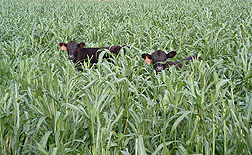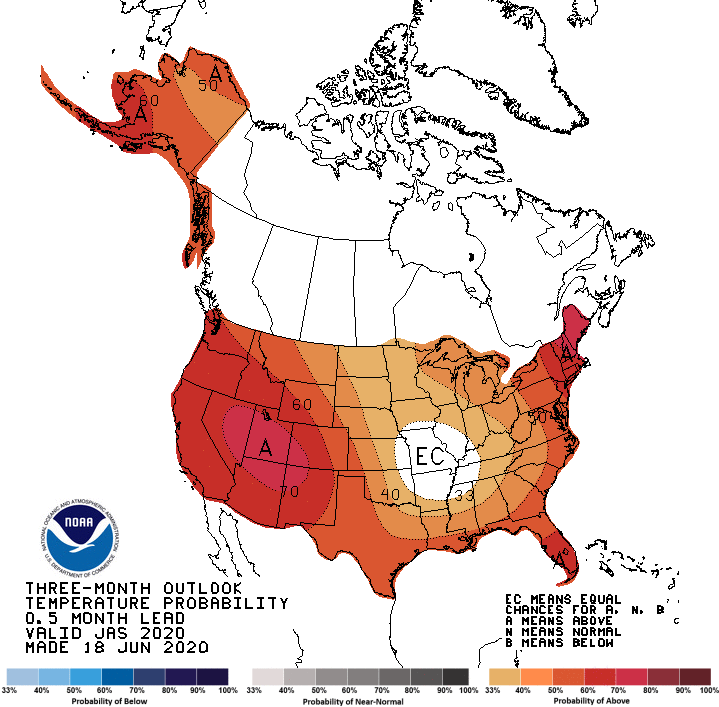-

Growing America has an interesting series of short videos on farmers across the country and their stories, which often include the negative impacts of bad weather on their farms. Here is a recent video from a turfgrass farmer in Alabama talking about dealing with adverse weather and the economy and how it has impacted their…
-

A lot of my meteorologist friends get asked what television station they are on, and hear jokes that you don’t need to know much math because you just sit and read the weather. It surprises a lot of people to find out that most meteorologists are not broadcasters, and that it takes a lot of…
Posted in: Climate and Ag in the news -

Those of us who study climate know that agricultural methods that promote healthy lands can also help absorb carbon and improve our atmosphere as well as save farmers money. In a rare bill that has gained acceptance from both Republicans and Democrats, Congress is attempting to recognize this by trying to pass a bill which…
-

After a mostly dry weekend, the Southeast, especially Alabama, should see more showers return to the area Tuesday and Wednesday. Drier conditions return for late in the weekend. The wettest areas will be South Florida, the far eastern site of North Carolina, and Alabama. Temperatures should be fairly typical for summer-time conditions. With a big…
Posted in: Climate outlooks -

Is the sun getting you up earlier and earlier? That is because we are near the summer solstice, the period of time when the sun is the farthest north in the Northern Hemisphere sky, rises the earliest and sets the latest. It also marks the start of astronomical summer. June 20 is this year’s summer…
-

In court cases I have worked on in the past, I needed to find the angle of the sun at a certain time of day to see if it was shining in a driver’s eyes or melting ice on an outdoor staircase. Here is a simple web site which will do the work for you.…
Posted in: Tools for climate and agriculture -

The latest climate outlook from NOAA was released today. It shows that warmer than normal temperatures are expected to continue across the Southeast for both the July-September period and the October-December period. Wetter than normal conditions are expected through September. There is some evidence of a drier October-December but it is still quite far out…
Posted in: Climate outlooks